11 deadliest spiders
From the funnel web spider to the brown recluse, here are some of the deadliest spiders on Earth.
Spiders are some of the most successful arthropods on the planet, having colonized every continent except Antarctica. Not all of these eight-legged arachnids are venomous, but some can be deadly to humans. From the notorious black widow to the ultra-deadly funnel web spider, here are some of the deadliest spiders on Earth.
Brown recluse spider
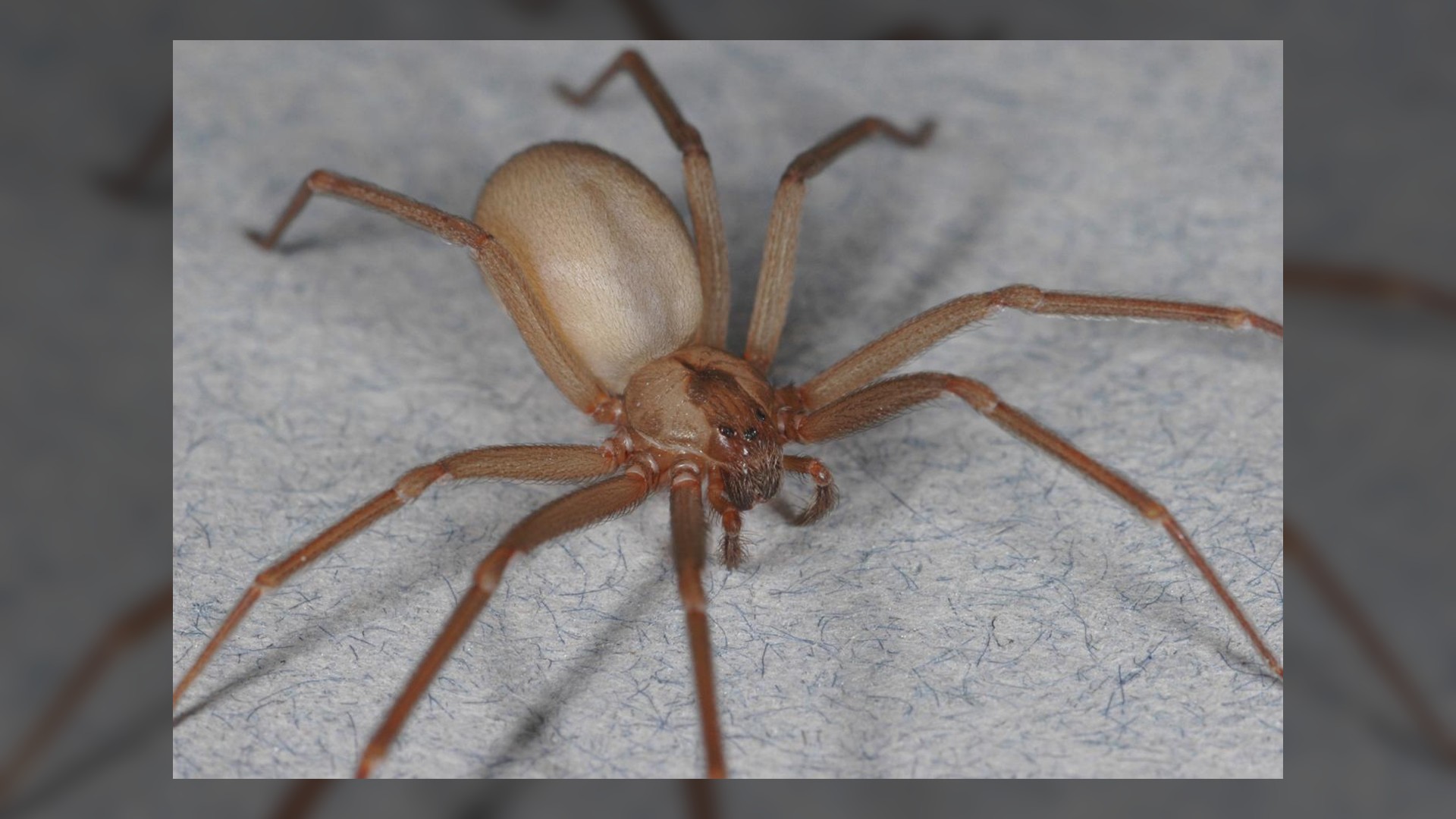
As their name suggests, brown recluse spiders (Loxosceles reclusa) have a shy nature and tend to hide away in dark, sheltered places. However, the brown recluse spider will bite if they feel threatened, and their bites can be deadly. They are usually found in the south and central United States, spanning southeastern Nebraska to southwestern Ohio, south to northwestern Georgia and into Texas.
The brown recluse spider can be dangerous to people because their venom contains a toxin that can cause skin necrosis (rotting). For the most part, symptoms, such as burning and itching at the bite site, as well as fever and nausea, develop a few hours after a bite. In extreme cases, the venom can lead to serious reactions or even death, especially to more vulnerable groups such as young children and the elderly.
Hobo spider
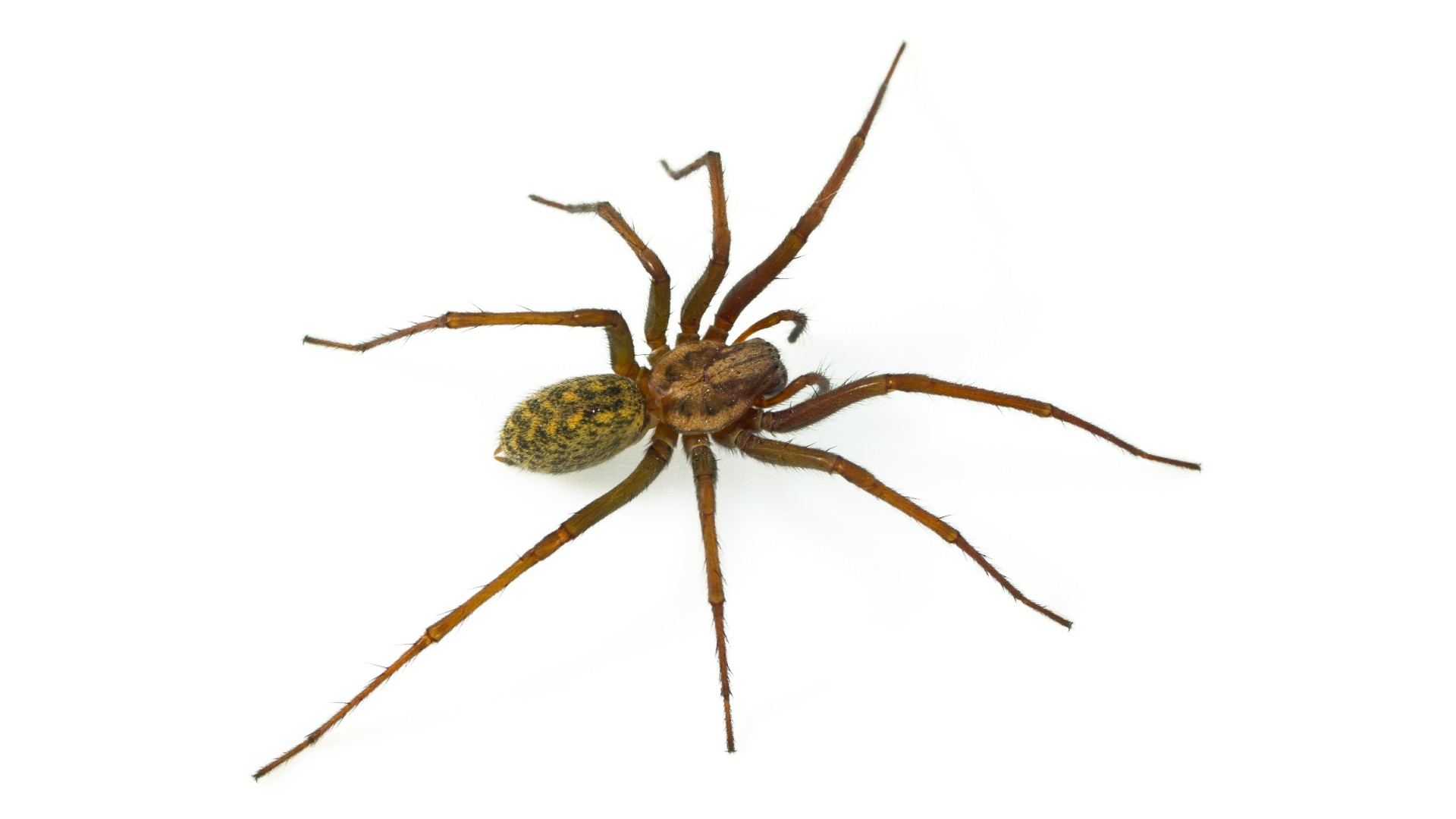
Part of the family of spiders known as the funnel web spiders, the hobo spider (Eratigena agrestis, formerly Tegenaria agrestis) can be recognized by it's light to medium brown coloring and the multiple chevron patterns (v-shaped) on its abdomen pointing toward their head. They are often confused with the brown recluse spider (and vice versa), but the brown recluse is much more dangerous to humans. While hobo spiders have been known to bite if they feel threatened, there is much debate about how venomous they actually are. So much so that the Center for Disease Control and Prevention has removed them from their venomous spiders list. However, it's still wise to be cautious as hobo spider bites result in swelling and redness around the area, and can have more severe effects in young children.
Hobo spiders are not great climbers, so you'll find their funnel-shaped webs at ground level. Geographically, they can be found in western North America, in the Pacific Northwest and Great Basin, as well as distributed throughout Europe to Central Asia.
Black widow spider
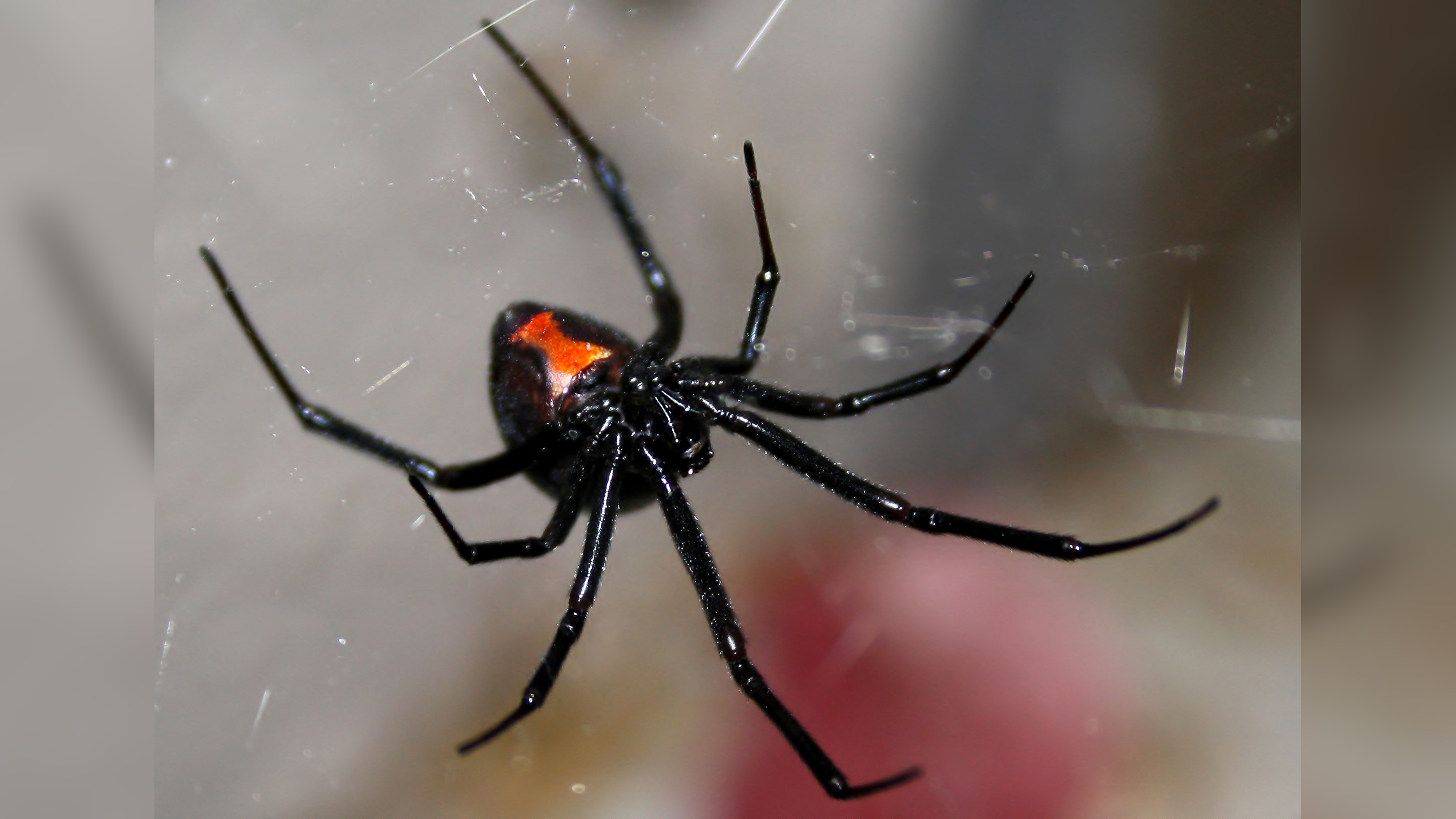
In the genus Latrodectus, the black widow is one of the most venomous spiders and is found on every continent except Antarctica. In North America, they're commonly found in southern Canada and in the northeastern United States. You can identify the female black widow spider by its shiny black body and distinct red hourglass-shape on the underside of the abdomen. The male black widow is smaller in size, brown or gray in color with small red sports and does not have the hourglass marking.
While both male and female black widows are venomous, only the female is dangerous to humans. The venom of a black widow is reported to be 15 times stronger than that of a rattlesnake, although they don’t deliver as much venom in their bite, so fatalities are rare. That’s not to say a black widow bite isn’t painful! Those unlucky enough to be bitten by a black widow will experience nausea, fever, sweating, restlessness, muscle cramps and labored breathing, and these symptoms may last for several days.
Brazilian wandering spider
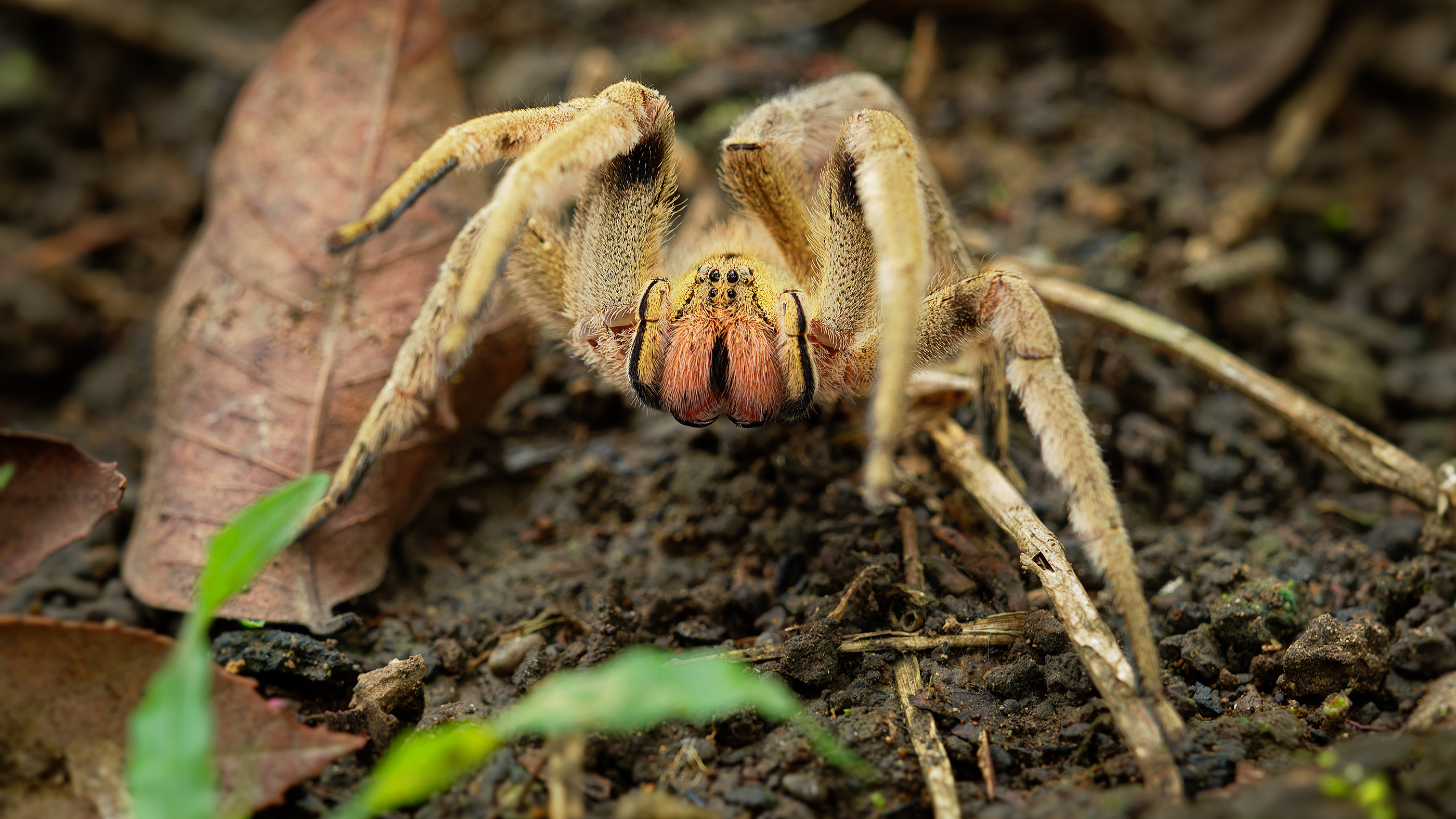
Commonly referred to as armed spiders or banana spiders (as they tend to be found hiding within shipments of bananas), the Brazilian wandering spider is one that you'll definitely want to avoid. They belong to the genus Phoneutria, Greek for "murderess," which is quite apt as they are one of the most venomous spiders on Earth.
This arachnid is aggressive, and rather than camping out, the Brazilian wandering spider actively hunts its prey, searching the jungle floor at night. If you ever find yourself in Central and South America, such as Costa Rica or Argentina, watch out! Their neurotoxic venom is extremely painful and affects the nervous system, causing increased sweating and drooling, loss of muscle control, breathing problems, and, in some cases, unwanted prolonged erections.
Yellow sac spider
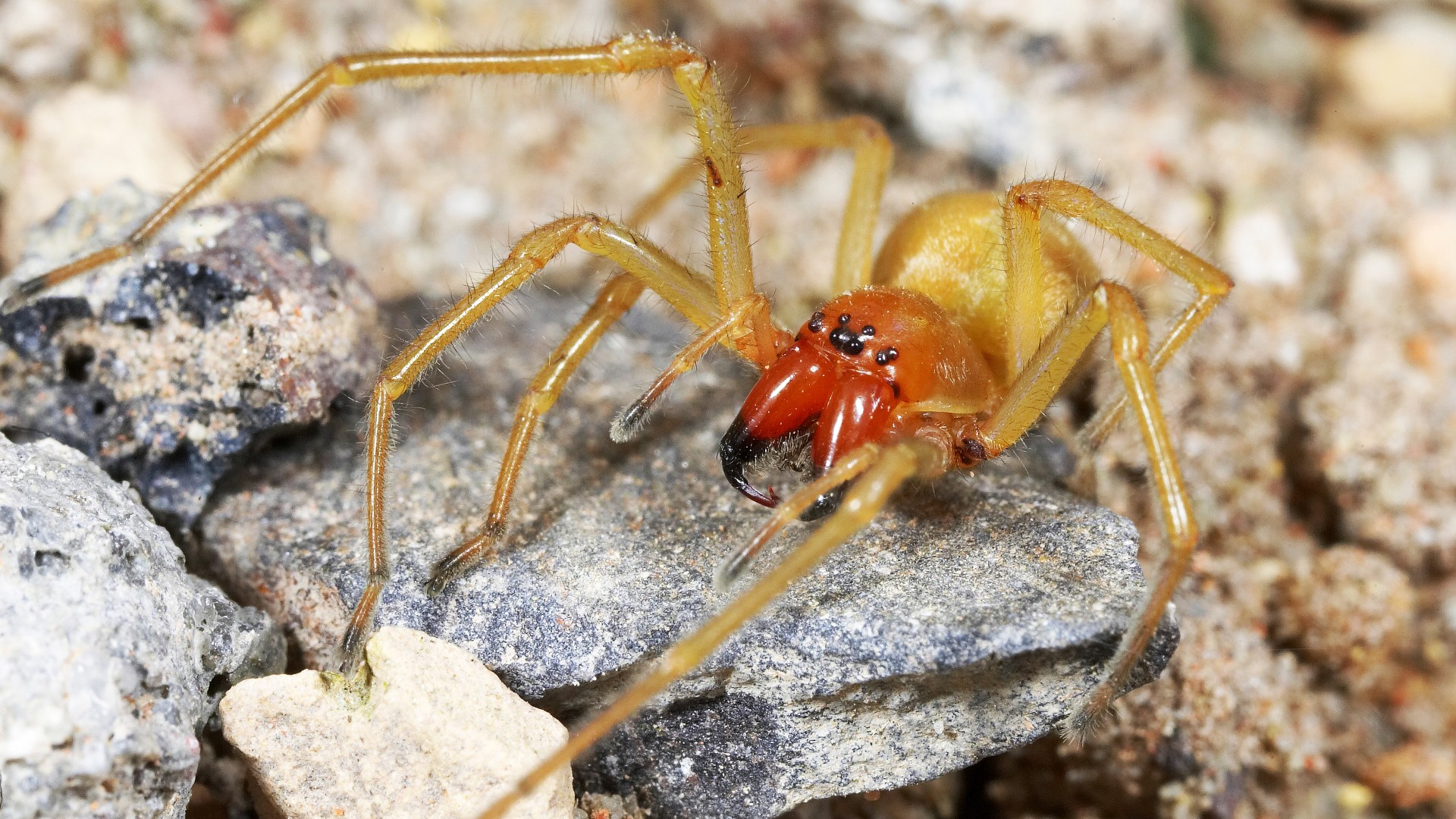
The yellow sac spiders (Cheiracanthium) are in the family Cheiracanthiidae and they probably account for more human bites that any other type of spider. These arachnids are distributed all over the globe, from America to Northern Europe, South Africa to India, and even Australia and Japan. They’re nocturnal predators and during the day they hide in small white web cocoons.
Mildly venomous to humans, the yellow sac spider bite can be painful and sometimes misdiagnosed as brown recluse bites. Their venom can cause necrotic legions, as well as redness, swelling and sores around the bite site.
Brown widow spider
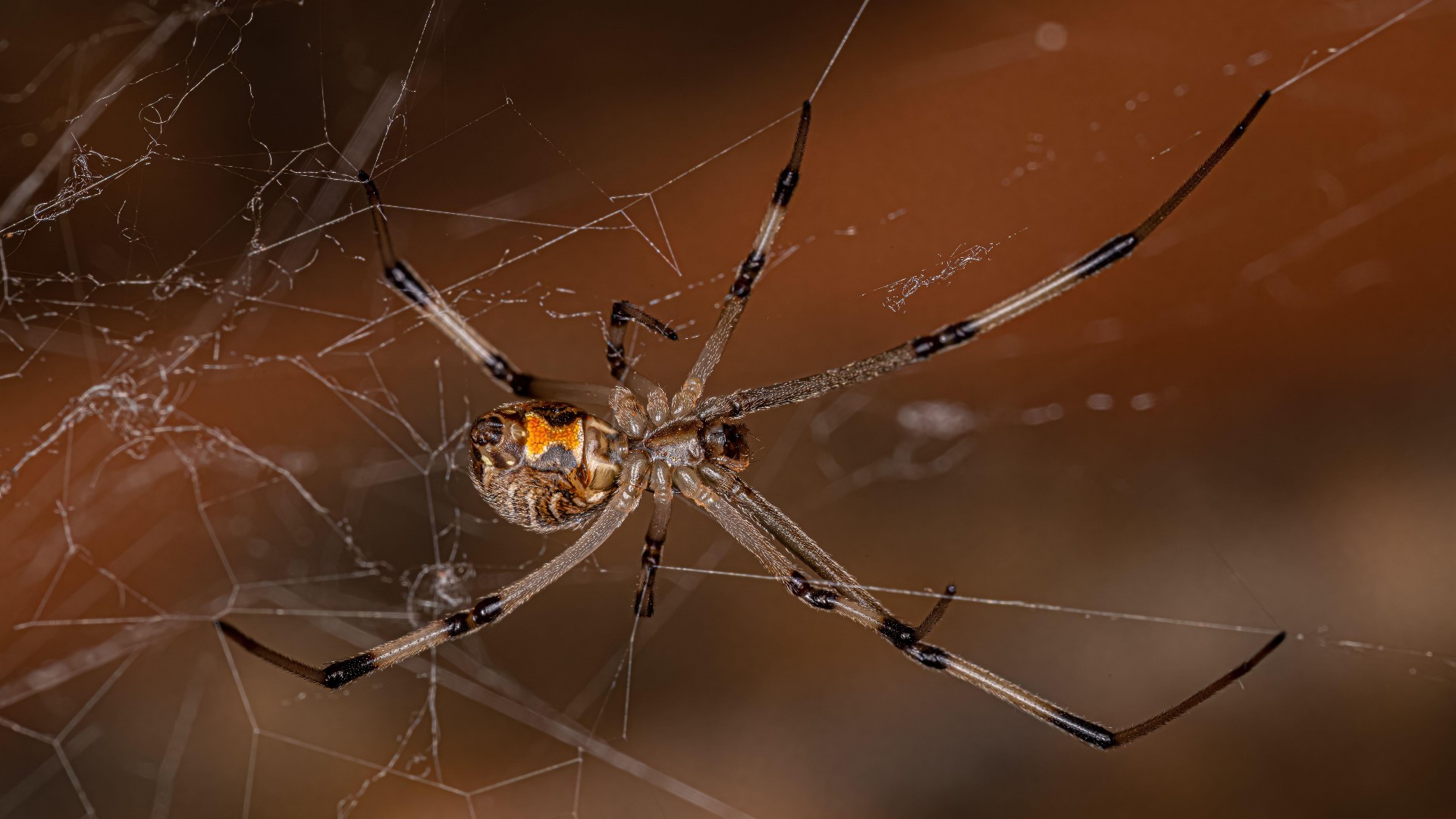
Latrodectus geometricus is the scientific name for the brown widow spider. It looks similar to its infamous "cousin" the black widow, right down to the hourglass-shaped marking on its abdomen, but there are some key differences. The brown widow’s marking is orange and yellow rather than red, and as their name suggests, they predominantly have tan and brown mottling and a spiky, rather than smooth, appearance. Believed to originate in South America, the brown widow spider is found all around the world.
The brown widow's venom is less toxic than that of its black cousin. However, it can still be deadly. Although they don't deliver as much venom as a black widow, the brown widow's bite can still cause latrodectism due to its neurotoxic venom. Symptoms of lactrodectism include pain, perspiration, muscle rigidity and vomiting.
Red widow spider
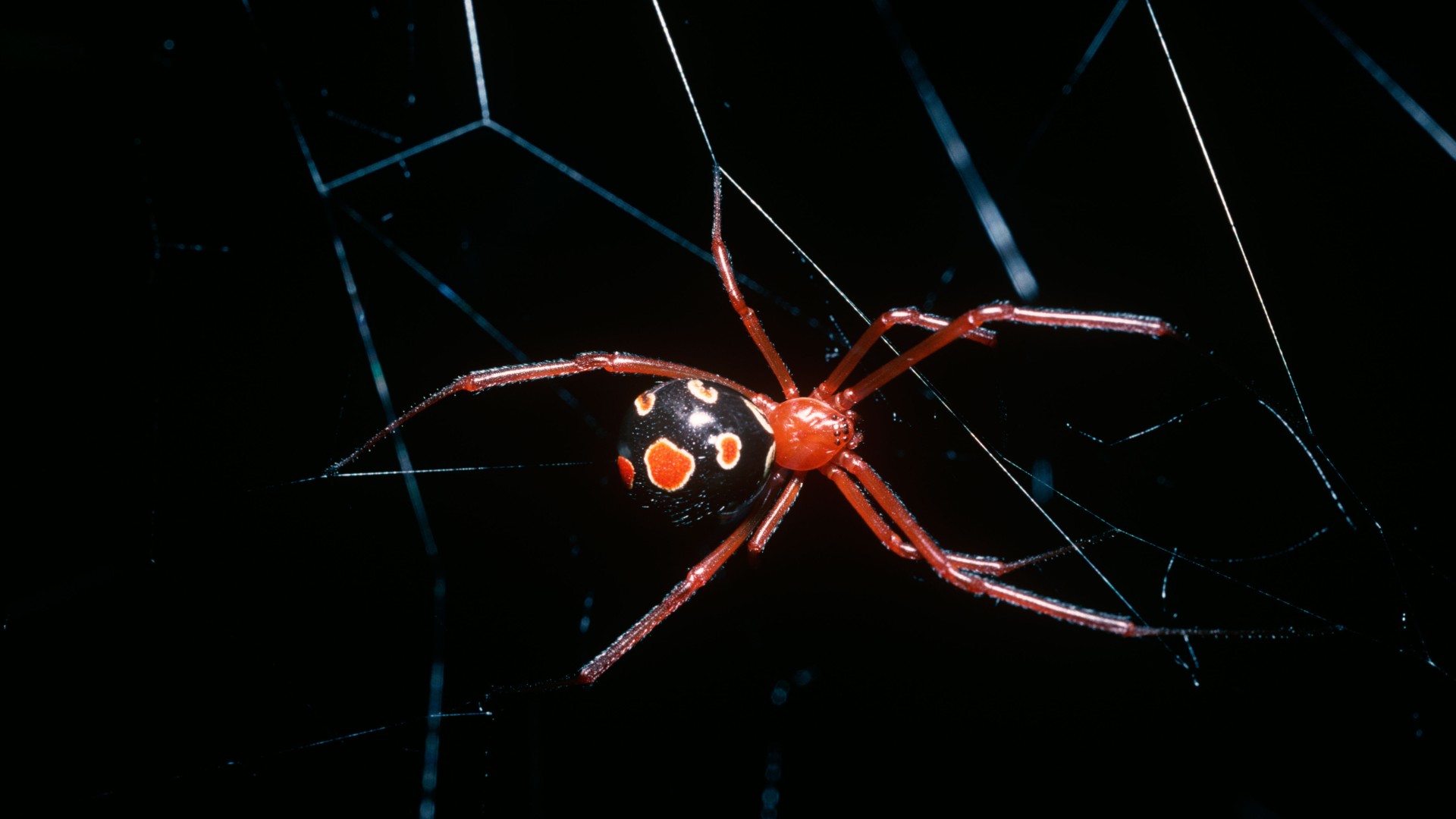
Living mostly in sand dunes in Central and Southern Florida, the red widow spider (Latrodectus bishop) is another member of the notorious "widow" family. Their venom is just as lethal as brown and black widows, but as they live so far from human contact there has been no recorded bite in medical literature. The female red widow spider's venom is a neurotoxin which is thought to cause prolonged muscle spasms.
The red widow spider has a red-orange head and legs and a black abdomen with yellow rings around red dots. Rather than an hourglass marking like its "cousins," the red widow usually has one or two red marks.
Redback spider
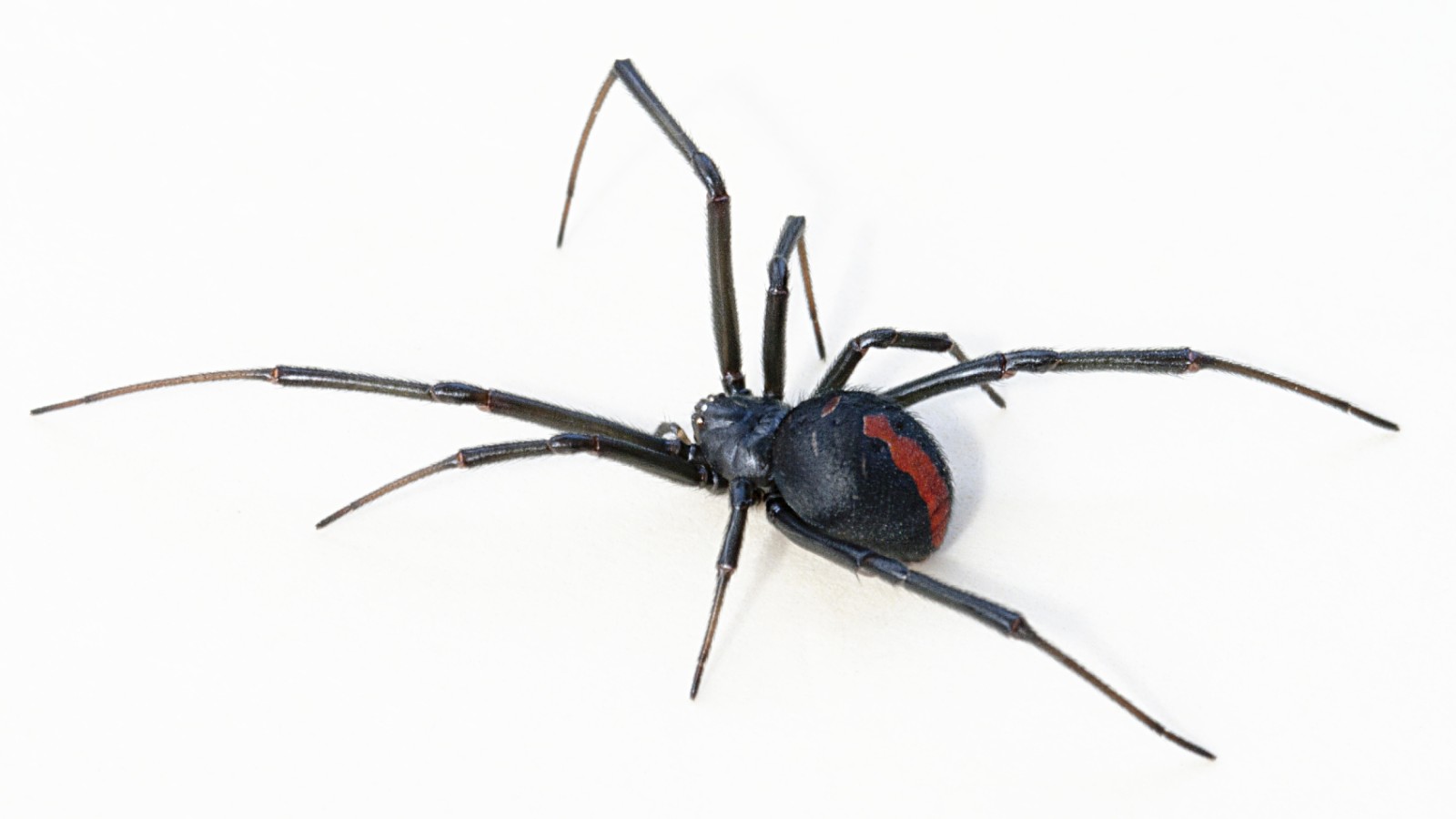
Due to its strikingly similar appearance, the redback spider (Latrodectus hasselti) was once thought to be a sub species of the black widow spider, but it is a distinct species. Also known as the Australian black widow, you can find this creepy crawly throughout Australia, Southeast Asia and New Zealand. The redback spider has even been found in Japan, the United Arab Emirates and Belgium due to inadvertent introductions.
Highly venomous, the bite from the female redback spider can be life-threatening. Using its fangs, it injects a complex venom that causes intense pain at the bite area, in addition to sweating and goosebumps. As time goes on, these symptoms worsen and there may also be redness and swelling, as well as nausea, muscle twitching, headache and fever. Respiratory failure may occur in severe cases. Thankfully, in 1956 scientists released a redback spider antivenom which is very effective, even when used several weeks after the initial bite. No deaths have been reported since.
Funnel-web spiders
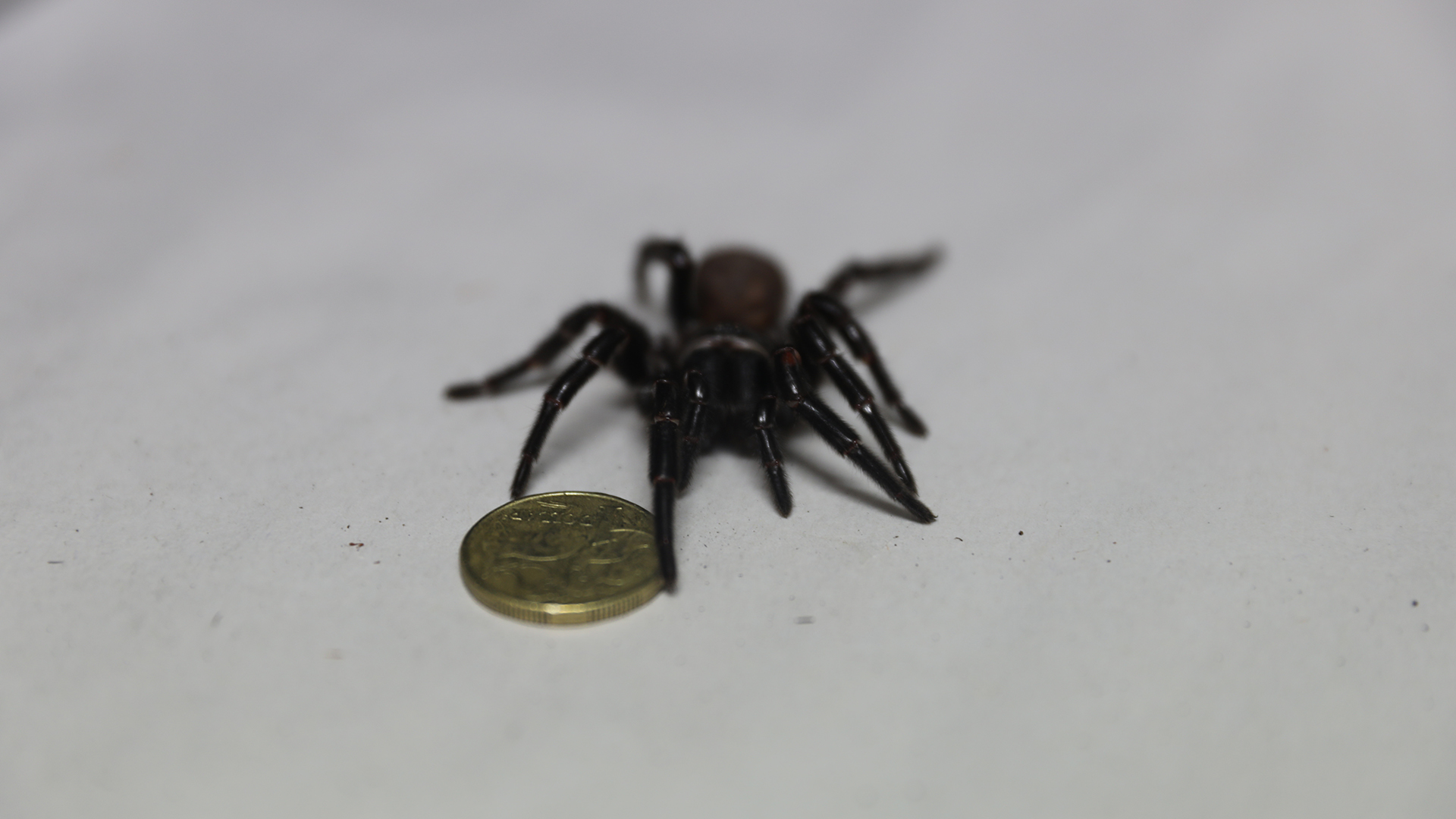
Normally in the world of spiders it is the female that is more deadly, but for funnel-web spiders (Atrax) the male has the more toxic bite. Any attack must be treated quickly with antivenom, especially if a child has been bitten. There have been several recorded fatalities due to the venomous bites of the funnel-web spider, with death occurring within the hour after being bitten. However, since the development of the antivenom in 1981, there haven’t been any more recorded deaths. Predominantly located in southeast Australia (Sydney), funnel-web spiders are also found in New Zealand, Chile and Europe.
Interestingly, animals such as cats and dogs can actually survive a funnel web bite – it takes about 30 minutes for their body to neutralize the toxin – it's just humans who have such a severe reaction. This venom effects the nervous system and causes symptoms such as an elevated heart rate, numbness/tingling of the mouth and difficulty breathing.
Six-eyed sand spider
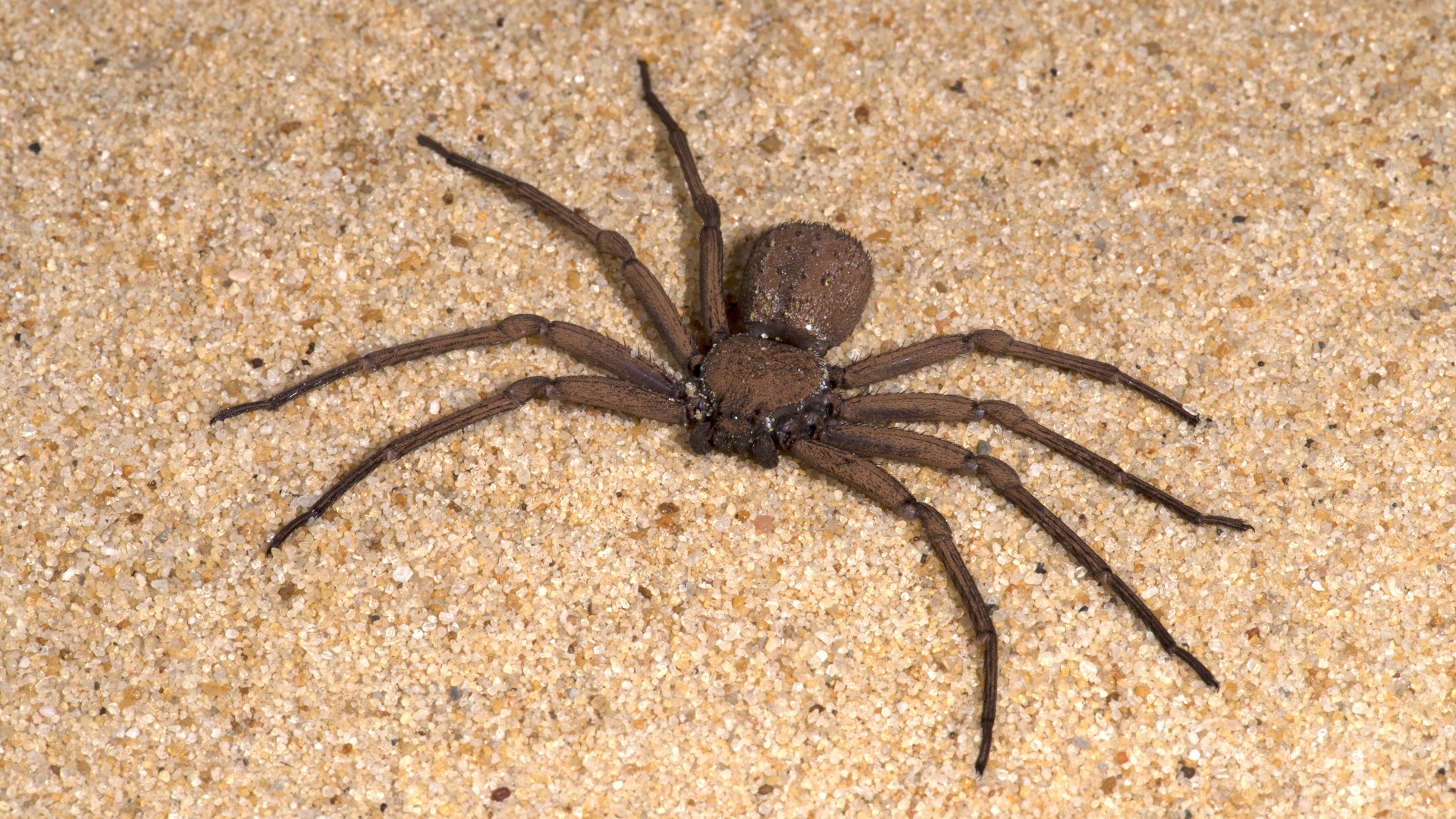
Found in deserts in southern Africa, the six-eyed sand spider (Hexophthalma hahni) buries itself in the sand to ambush unsuspecting prey. The small, stiff hairs that cover the spider helps to hold sand particles in place, adding to its camouflage. It's otherwise known as the six-eyed crab spider due to its crab-like legs.
Another arachnid that produces venom with necrotic effects, the six-eyed sand spider is the most venomous of any of its arachnid relatives, toxicology studies reveal. Scientists have found that there are proteins within their venom that can cause tissue destruction, blood vessel leakage, and thinning of the blood. No antivenom currently exists.
Mouse spider
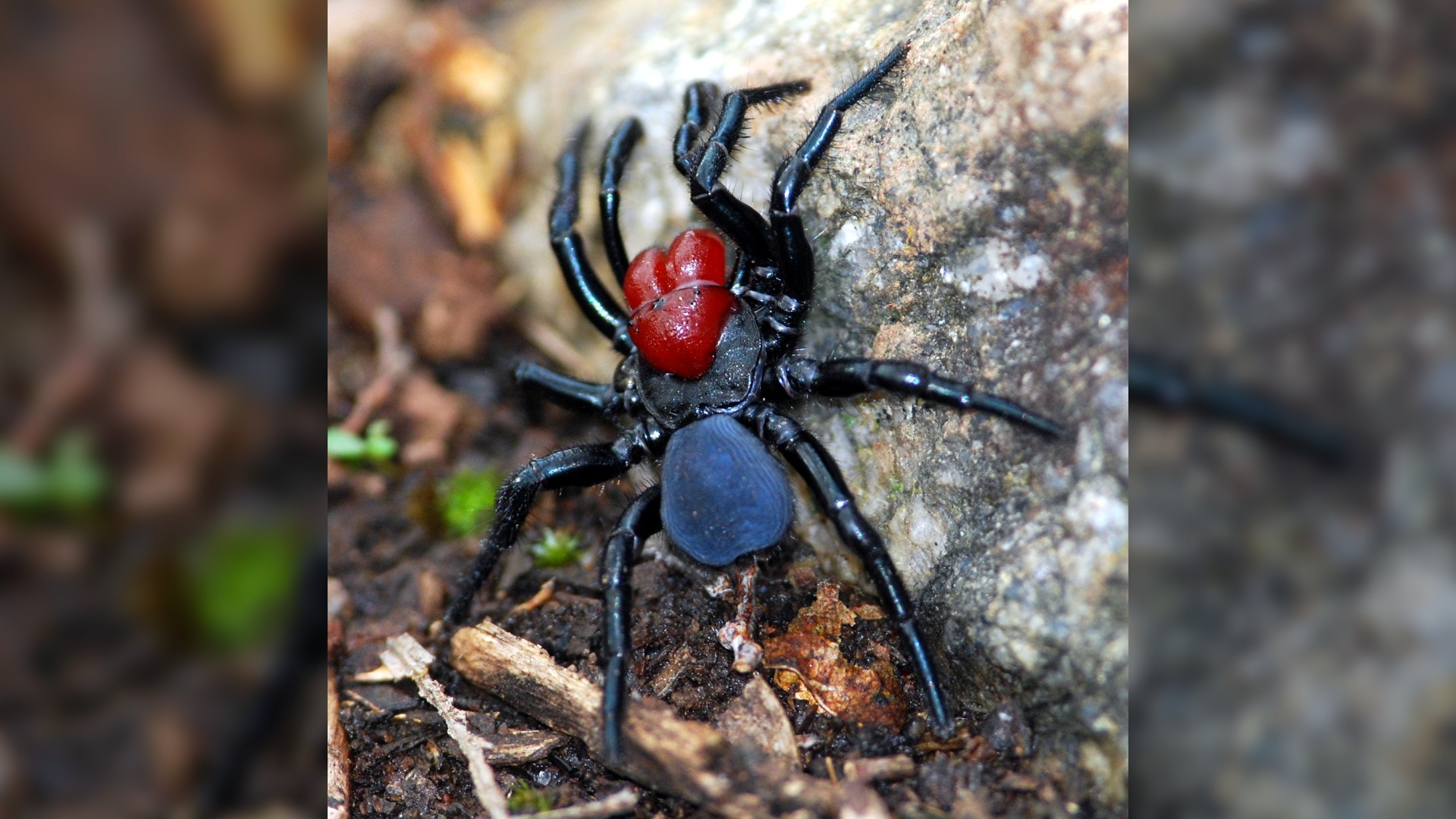
Black in color with stocky, thick legs and a distinctively bulbous head and jaw regions, the mouse spider (Missulena) looks a lot more frightening than its name sounds. One species is located in Chile, another in South America and the rest distributed throughout Australia. They live in soil-covered burrows, popping out the hinged trapdoor top to attack prey.
Their hard, large fangs can cause a deep and very painful bite. However, while scientists believe that the venom of the mouse spider is very toxic, it is rarely injected. As so few cases have been reported, it is thought that mouse spiders don't use a lot of venom or may even "dry bite." Fortunately, funnel-web spider antivenom has proven effective in cases of mouse spider bite.
Sign up for the Live Science daily newsletter now
Get the world’s most fascinating discoveries delivered straight to your inbox.
Christina is a freelancer writer and editor from the UK. She has a degree in English Language and Literature with geography from the University of Keele, and a Masters in Publishing from Anglia Ruskin University. She covers everything from Lego sets and science kits through to laptops for students. If it helps you learn, she'll help you find it for cheaper.











